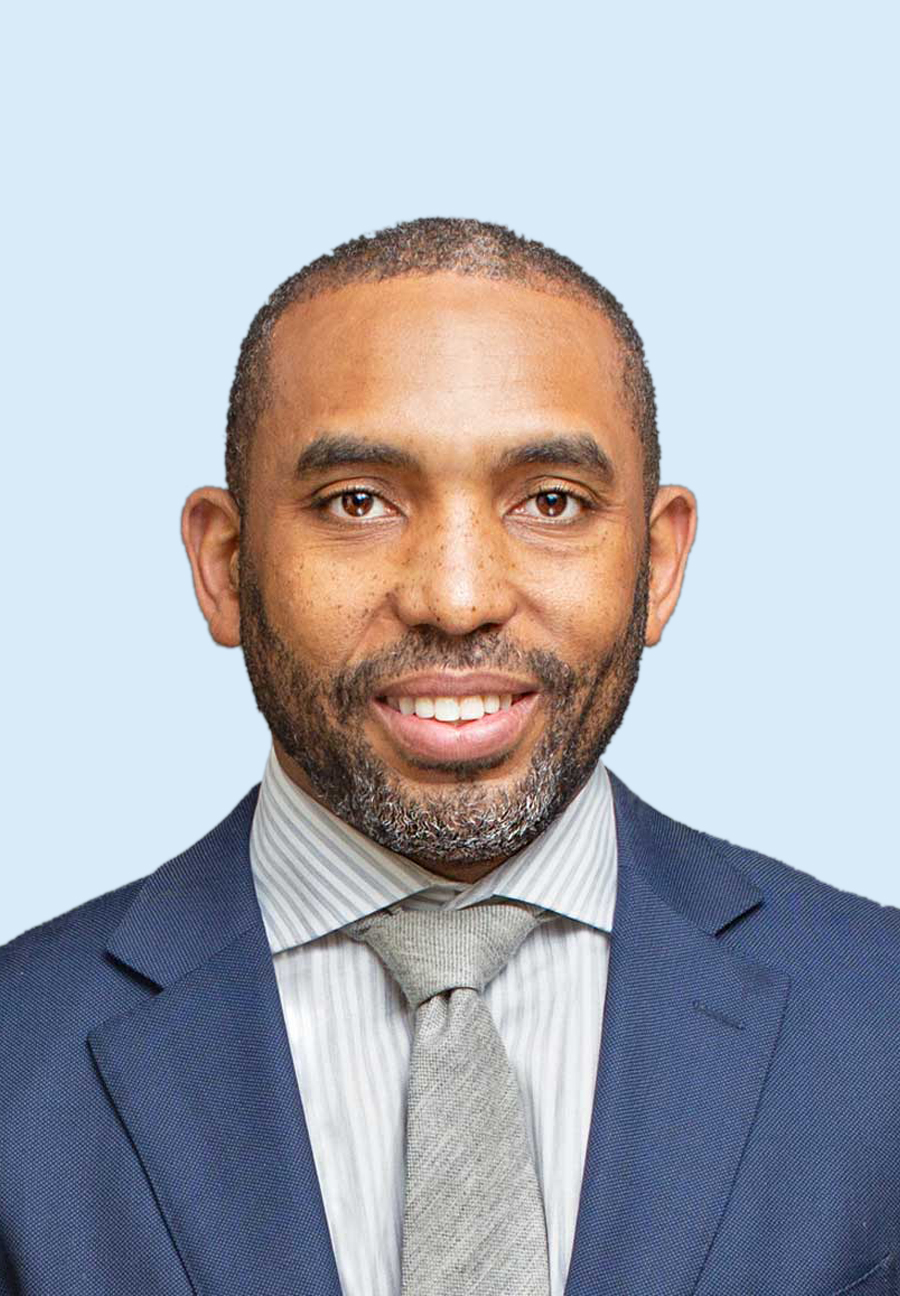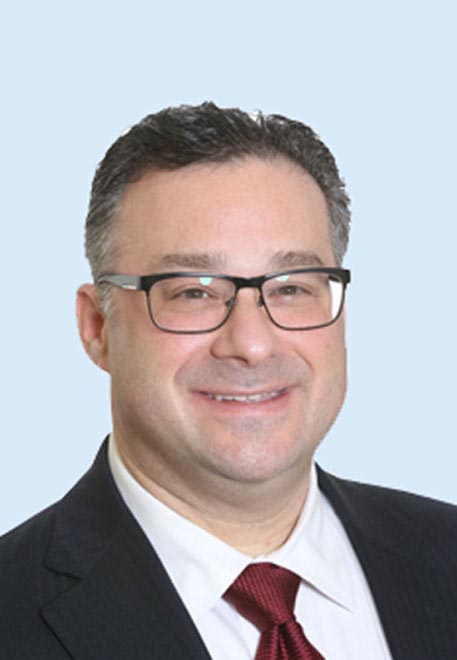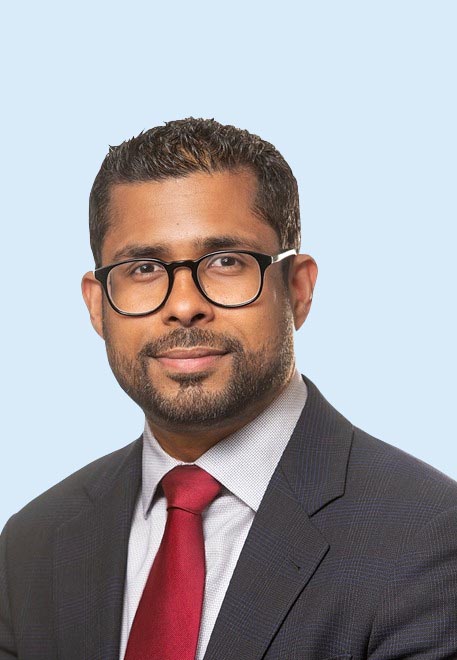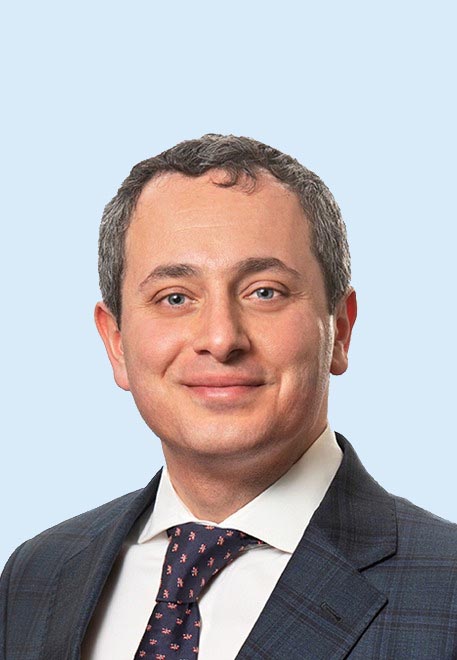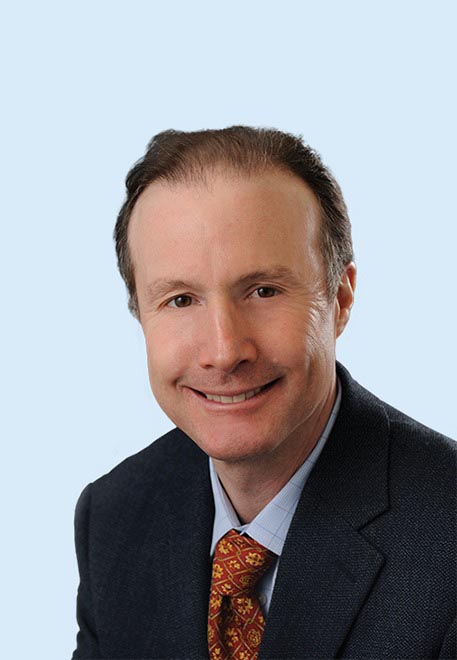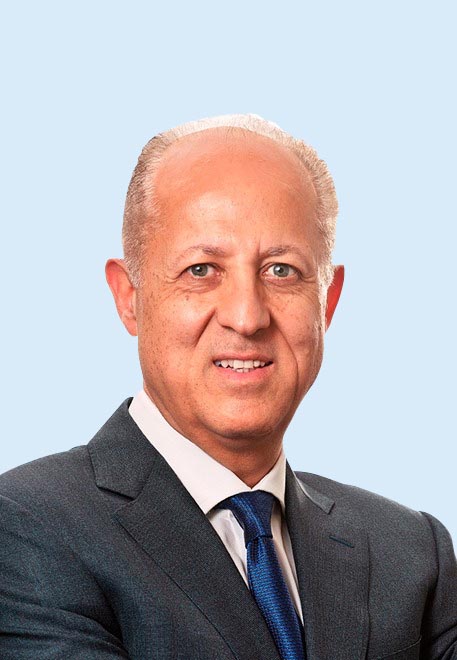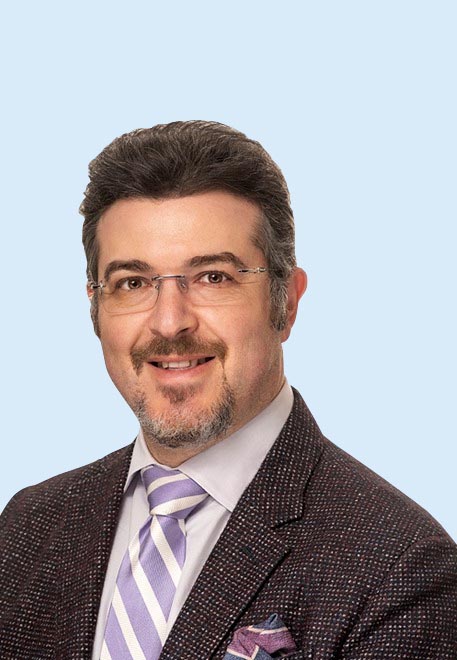- PATIENT FORMS | REQUEST A CONSULTATION | CONTACT US
- 1-844-NSPC-DOC
Spinal Stenosis
What Is Spinal Stenosis?
The spinal canal is the space that the spinal cord and the spinal nerves pass through. Spinal stenosis is a narrowing of this spinal cavity. This can cause a compression of the nerves. Spinal stenosis commonly affects the cervical and lumbar regions of the spine.
Symptoms of Spinal Stenosis
Spinal stenosis can be asymptomatic (without any symptoms), but the narrowing of the spinal canal in some areas of the spine are more likely to result in motor skill impairment, while other nerve groups are more responsible for pain signals.
- Lower back and leg pain
- Pain When Walking – Leg pain when walking can be caused by a variety of different conditions (problems with your circulatory system can also be responsible, for example), but the key difference is that a patient must typically sit down to alleviate pain caused by stenosis, where simply stopping (while remaining standing) will ease other types of pain.
- Numbness and Tingling Sensation – A person suffering from spinal stenosis will experience their symptoms progressing over the course of several years, whereas other causes of numbness and tingling are much more acute in nature and easily addressed.
- Frequent Falls and Other Mobility Limitations – Although certainly more rare, real motor skill impact is one spinal stenosis symptom. A person suffering from sufficient pain or weakness may be more prone to experiencing falls, and may have difficulty walking even for short periods of time.
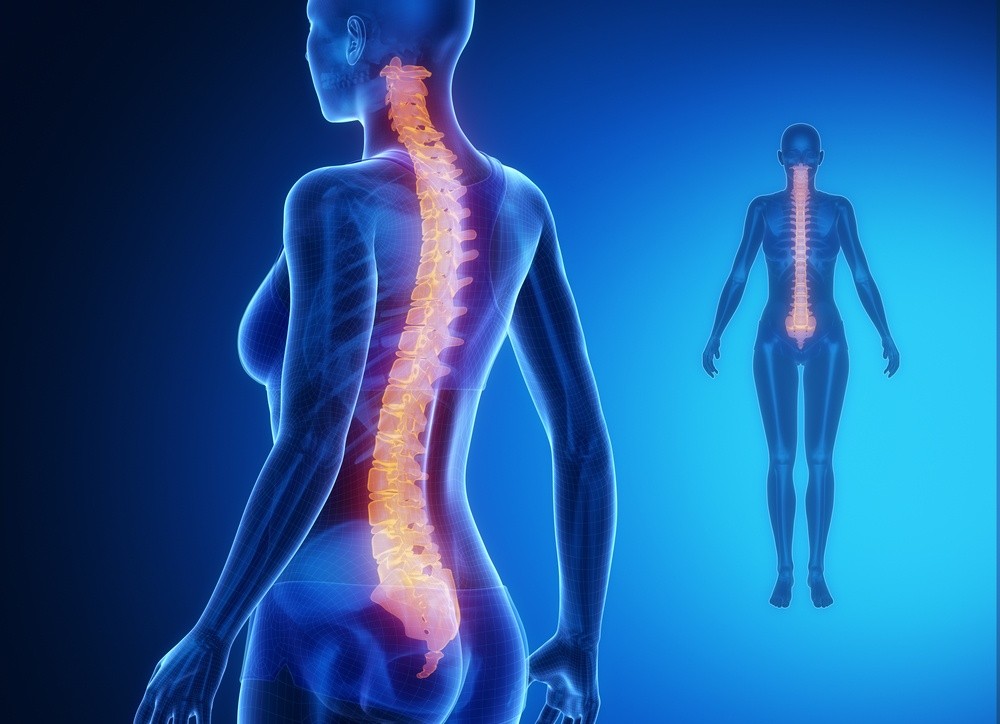
Causes & Diagnosis of Spinal Stenosis
While there are a variety of spinal stenosis causes, in the vast majority of cases the condition can be attributed to one of six broad causal groups:
- Age – As you age, the connective tissue within your body will naturally thicken and stiffen, small bone spurs may develop, the cartilage discs of your spine deteriorate and the joints between your vertebrae begin to wear as well.
- Arthritis – Both rheumatoid and osteoarthritis can affect the spine, and the inflammation caused by these conditions can cause the spine to adjust and the gaps within to narrow, resulting in spinal stenosis.
- Genetic factors – The natural size of a person’s spinal cavity is largely determined by hereditary factors. Genetics or other congenital structural defects in the spine are the main spinal stenosis causes for younger people.
- Spondylolisthesis– This term refers to instability of the spine, and those who suffer from it may have their vertebrae slip forward or backward in relation to other bones, impacting the space within the spinal canal.
- Spinal tumors – Tumors, both malignant as well as benign, and other growths (such as Chiari malformations) have the potential to impact the spinal cavity, either by enflaming the surrounding area or by growing into the spinal canal itself.
- Trauma – The spine can be dislocated or fractured, or bone fragments can penetrate the canal or irritate surrounding tissue, causing the condition.
Whether your spinal stenosis is a result of age, trauma or any other cause, our team of skilled board-certified neurosurgeons and physicians will work with you to identify the root cause of your condition and treat it quickly and efficiently.
One of the first steps in obtaining a spinal stenosis diagnosis is an imaging test of some sort: either an MRI scan or a CT scan supplemented with a myelogram. As the degree of compression can vary dramatically throughout the day, physical exams simply are not as capable as direct imaging tests at locating and pinpointing the afflicted area.
Another technique that is employed in spinal stenosis diagnosis to help the patient decide if surgery is a good option is an injection into the nerve of a small amount of local anesthetic. If this helps dramatically, the patient may want to seriously consider surgical relief of their spinal stenosis.
Treatments for Spinal Stenosis
Non-surgical treatment options for spinal stenosis are usually prescribed first:
- Anti-inflammatory medications, muscle relaxants and medications to relieve pain
- Steroid injections
- Physical therapy
If these methods are not effective, surgery may be needed to eliminate pressure on the nerves.
With skilled diagnosis and knowledgeable surgeons, NSPC can offer the best treatment for your specific condition. Some of the more common spinal stenosis surgeries to treat spinal stenosis are decompressive laminectomy and anterior cervical discectomy.
Decompressive laminectomy Also sometimes called decompression surgery, a laminectomy removes the tissue and bone (called the lamina) that is narrowing the spinal canal and putting pressure on the nerve roots. The purpose of the procedure is to relieve pressure on the nerves or on the spinal cord itself.
Anterior cervical discectomy During this procedure a board-certified neurosurgeon creates a small incision in the front of the neck to remove the cervical disc, inserts a small bone and attaches a small plate. This cervical stenosis spinal surgery alleviates the pressure on the nerves and spinal cord, eliminating pain and numbness. Patients typically recover quickly, returning home the next day with little or no pain.
The experienced brain and spine neurosurgeons at NSPC have two innovative systems, the Aquamantys® System and the Misonix Ultrasonic device, that allow them to complete spine surgeries faster while minimizing blood loss and reducing complications.
Aquamantys® System uses radiofrequency (RF) energy and saline to shrink blood vessels, to quickly stop bleeding during procedures.
The Misonix Ultrasonic device preserves soft tissue such as the spinal membrane while allowing expert neurosurgeons to emulsify or melt bone during a laminectomy or discectomy procedure.
At NSPC New York, our spinal stenosis surgery specialists have a variety of treatment options available depending on the cause and location of your spinal stenosis. Visit one of our prestigious medical centers in Long Island to find out how our top neurosurgeons can help you get the relief and care you deserve.
What does spinal stenosis surgery usually do?
Spinal stenosis surgery can include removing bone and herniated disc material to replacing and fusing the spine. Your options will vary based on where your spinal stenosis of the spine is occurring. There are different procedures for lumbar spinal stenosis versus stenosis of the neck.
If you are undergoing decompressive laminectomy, you can expect a small incision where portions of your bone will be removed. This allows for pressure relief on your spinal nerves. In a situation where your spine needs further support, your spine doctor might recommend a spinal fusion. An anterior cervical discectomy typically requires your surgeon to fuse your spine to get the best results. Each case requires specialized diagnosis and treatment plans. At NSPC our award-winning team of neurosurgeons is experienced in solving the challenges of neck and back pain.
What kind of restrictions can you expect post surgery?
Two to three days post surgery, you will be released from the hospital and be able to begin your recovery process. It is important to limit certain types of movements and activities that you engage in after your surgical procedure. Lifting heavy items, bending and twisting can cause you to negatively impact the results of your surgery.
To have an optimal outcome, you should be very careful with how you move. Driving, housework, long periods of sitting, smoking and taking non-steroidal anti-inflammatory drugs can be harmful to your recovery process. Make sure to sit down with your physician to get a clear list of things you can and cannot do, in order to make sure your spinal surgery is a complete success.
When can you expect to see results?
Typically 4-6 weeks after surgery, you can return to regular movements and life. Full results from pain relief might take up to 6 months. During this time, it is essential to undergo outpatient physical therapy sessions to learn how to move correctly. This will help you take care of your spine post surgery, for the best results.
If you are in the New York or Long Island area, our world-class medical staff here at NSPC is ready to help. Understanding spinal stenosis and its treatment options can be overwhelming. Come in for a consultation to see how we can help you have a better, pain-free tomorrow.

Related NSPC Center
Spine Center
Don’t let mobility issues and neck or back pain stop you — NSPC offers exceptional rehabilitation and pain management for your spine disorder. Our team of expert doctors focuses on sophisticated diagnostic techniques, individualized treatment plans, and quality care to help you get your life back, sooner.
Physicians
Connect With Our 7 Convenient Locations
across Long Island, NY
Our expert physicians, surgeons and doctors are ready to serve you at our 7 convenient locations across Long Island, NY. Connect today to learn how our award winning, world class experts can help.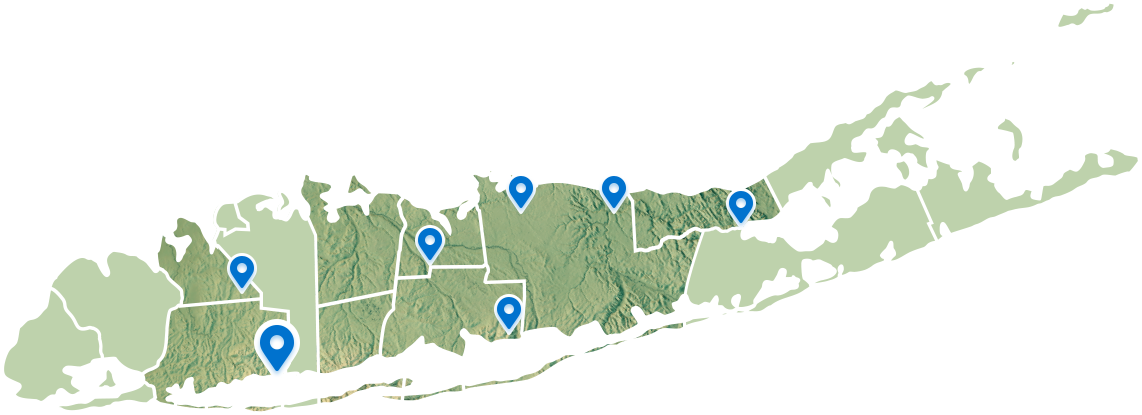
4250 Hempstead Turnpike Suite 4,
Bethpage, NY 11714
(516) 605-2720
COMMACK
353 Veterans Memorial Hwy,
Commack, NY 11725
(631) 864-3900
One Hollow Lane, Suite 212
Lake Success, NY 11042
(516) 442-2250
MANHATTAN
215 E. 77th Street Ground Floor
New York, NY 10075
(646) 809-4719
EAST SETAUKET
226 North Belle Mead Road, Suite C
East Setauket, NY 11733
(631) 828-3001
100 Merrick Road, Suite 128W
Rockville Centre, NY 11570
(516) 255-9031
WEST ISLIP
500 Montauk Hwy
West Islip, NY 11795
(631) 983-8400
World
Class
Expertise
For over 50 years & 350,000 patients NSPC has been a trusted global medical leader.
Contact us today for an appointment or consultation.

